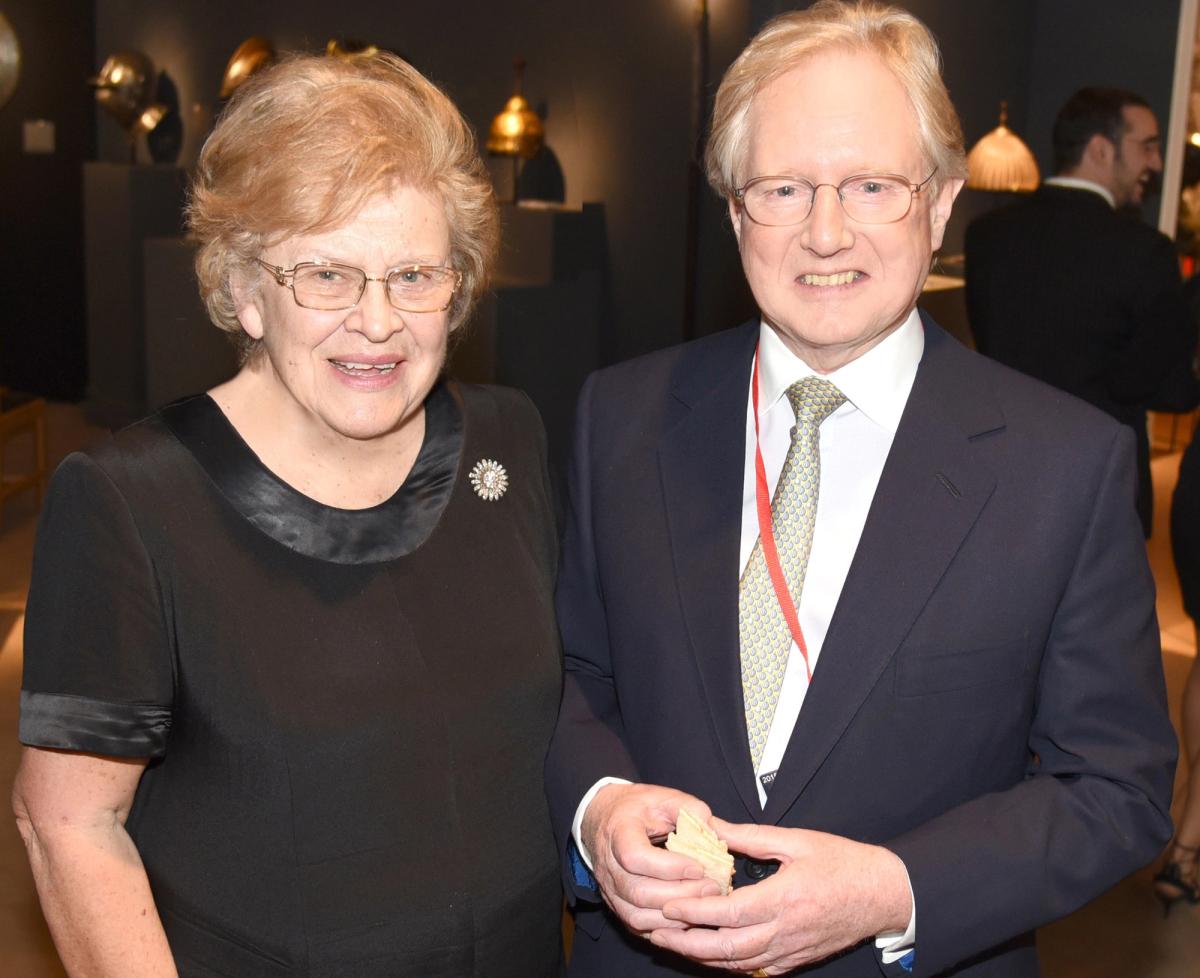Do you go to the round-tables and lectures at Art Basle, Frieze etc etc? You may well not know that the idea of combining intellectual content with commerce did not start with the art critics, but a London-based couple dealing in high-end ceramics.
Back in 1982, Brian and Anna Haughton founded the International Ceramics Fair and Seminar because they sensed that if they invited the museum curators to come and talk about their latest research, the collectors—and ceramics collectors are keen on knowledge—would come to hear them, and then both curators and collectors would buy at the fair.
It was a virtuous circle that was a great success from the start and generated hundreds of imitations at other fairs, although none, perhaps, conferring such an enjoyable sense of belonging to a group of enthusiastic cognoscenti.
In 2016, the Haughtons sold their fair business, but they have not wanted to give up on the research, so they are busy putting online the hundreds of scholarly papers that were given over the years. And the seminar continues, with the 2017 lectures already online in video format.
This year the theme is Diplomacy, Power and Wealth. On 27 and 28 June, the curators and collectors are gathering in London in Christie’s rooms to hear some of the finest scholars in the field, including Dame Rosalind Savill, a world-renowned expert on Sèvres; Samuel Wittwer, director of the Prussian Palaces Foundation; Reino Liefkes, curator of ceramics and glass at the Victoria & Albert Museum, and the chief curator of Versailles, Marie-Laure de Rochebrune, curator of Versailles.
In the 18th century, as now, soft power was exerted by ideas, trade and the judicious exchange of gifts, and second only to gold and silver in persuasiveness came porcelain, the highly prized material that Europe had at last learnt how to produce after centuries of importing it from China. This was not only an important technical achievement, but it involved what we would now call designers at the forefront of creative invention; they conceived of the wild colours of some Sèvres porcelain—shocking pink and jade green—never before seen in the history of western art.
We are talking about the stuff of princes here, not crockery, which needs to be emphasised because the current widespread ignorance of the art of the past and, even more, the decorative arts, means that people cannot distinguish between one and the other. Ceramics had become so unfashionable that even the Victoria & Albert Museum was not replacing all its ceramic curators until the new director Tristram Hunt came along last year.
Brian and Anna Haughton remain committed to this field through thick and thin, however. “I think we may be at a turning point” he says, “I see interest flaring up here and there in the most unexpected places. In the meanwhile, we must keep the knowledge alive and growing which is why we are subsidising the seminar so that it costs only £68 for the two days, and students can come for £35”. For tickets, visit www.haughton.com.


